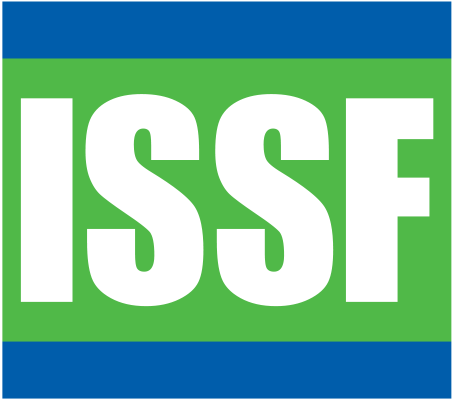Document: ISSF 2012-02: Conservation Benefits of Marine Protected Areas for Pelagic Species associated with Fisheries. A review
There is now a vast body of evidence supporting the conservation benefits of marine protected areas (MPAs; see Box 1) in coastal and nearshore ecosystems (Claudet et al., 2006, 2008; Halpern et al., 2009; Lester et al., 2009; Babcock et al., 2010). This has led to numerous proposals for expanding the use of MPAs to pelagic environments (Sumalia et al., 2007; Game et al., 2009; Koldewey et al., 2010), and interest in the use of MPAs to conserve and responsibly manage pelagic species, including tunas, has rapidly grown.
In addition to international commitments to protect significant areas of the high seas within an MPA network (Sumaila et al., 2007), there has been a highly publicised drive to create vast marine reserves within national exclusive economic zones (EEZ). To date the British Indian Ocean Territory MPA is the largest of these and, at a little over half a million square kilometers, covers substantial offshore areas of pelagic ocean. Several other similar reserves have been proposed, many of which are larger still , and thus the percentage of pelagic ocean under formal protection is likely to continue to dramatically increase. Furthermore, spatial closures have increasingly featured in the management of offshore pelagic fisheries resources, notably tunas (e.g. Harley and Suter, 2007; Sibert et al., 2011).
Despite the apparent enthusiasm for pelagic MPAs, there remains considerable discussion over the efficacy of spatial management for the conservation of pelagic species. This discussion, neatly outlined in a recent opinion paper by Game et al. (2009) and a response to that paper (Kaplan et al., 2010), has drawn the attention of policy makers, and research is increasingly being directed towards understanding how and where pelagic MPAs can provide benefits. Nevertherless, with few established examples to learn from, the science of pelagic MPAs is still largely theoretical and largely reliant on modeling studies.
As a result, recent published literature on pelagic MPAs has focused on the potential benefits of pelagic MPAs and the challenges to spatial management in the open ocean. Perhaps the most commonly cited of these challenges is that pelagic ecosystems extend over huge areas and are highly dynamic, and correspondingly, many pelagic species are highly mobile. As such, the mechanisms by which MPAs are known to provide benefits in near shore ecosystems may be absent, weakened or significantly modified in pelagic ecosystems.
Further challenges lie in the planning and governance of pelagic MPAs. For instance, determining precisely where to place protection is complicated by the dynamic physical nature of pelagic habitats which shift in space and time and can be difficult to identify (Norse et al., 2005). Additionally, with a significant proportion of the pelagic ocean (64%) falling outside national jurisdiction, effective governance is considered to be a major challenge (Miller 2007; Cullis-Suzuki & Pauly, 2010).
In this review, we bring together the most recent available evidence for conservation benefits provided by MPAs to pelagic species, taking the opportunity to provide critical discussion where it is appropriate to do so. We also provide an assessment on the impact of pelagic MPAs to fisheries, whether positive or negative. We focus here on the biological literature and do not discuss in detail the topics of governance or enforcement, except where these issues may have masked the effects of MPAs.
The remainder of this section provides a background on pelagic ecosystems, species and fisheries and the mechanics of MPAs. Section 2 contains the main review of pelagic MPA conservation benefits, with impacts to fisheries considered in section 3. In the final section we provide a concluding discussion. A table detailing current fisheries closures in place within the major Regional Fisheries Management Organisations (RFMOs) is included at the end of this document (Appendix A).
Tim K. Davies, Sarah Martin, Chris Mees, Emmanuel Chassot and David M. Kaplan
Downloads: 11411 | 330611 | Views: 1
Davies, T.K., S. Martin, C. Mees, E. Chassot and D.M. Kaplan. 2012. A review of the conservation benefits of marine protected areas for pelagic species associated with fisheries. ISSF Technical Report 2012-02. International Seafood Sustainability Foundation, McLean, Virginia, USA.
